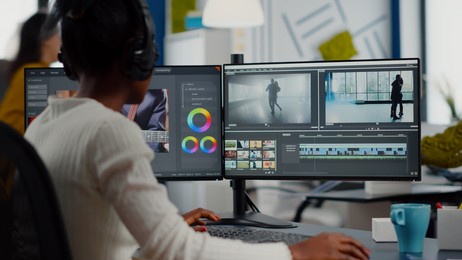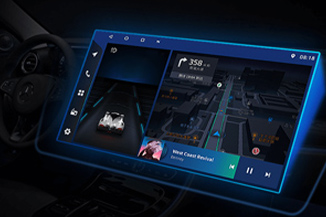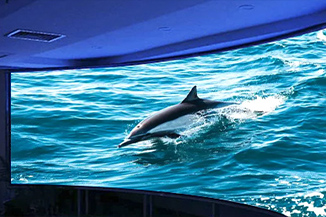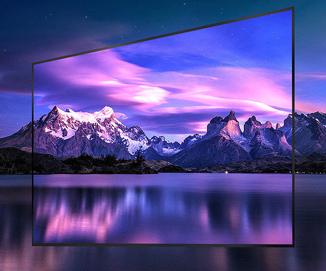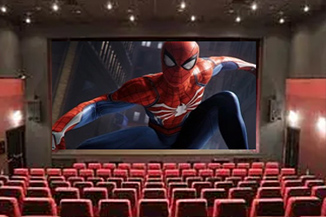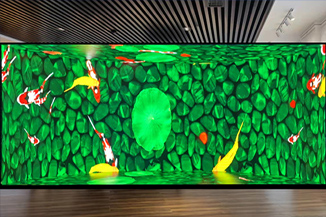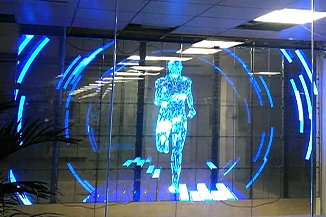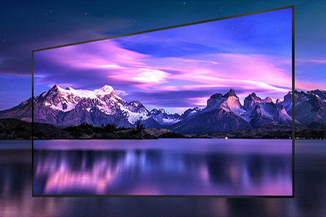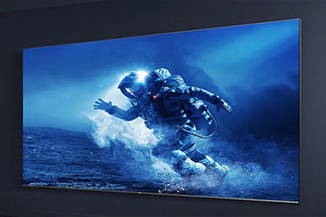Publisher: Supplier of LED Display Time: 2023-12-12 08:50 Views: 1060
With the rapid development of science and technology, LED display has become an indispensable part of our lives. From giant screens at sporting events, to billboards, to home TVS, LED displays are almost everywhere. However, for many people, how to configure the LED display can be a challenge. In this article, LCF editors will provide you with the basics and guidelines of LED display configuration to help you better understand and use this high-tech device.
First, the basic principle of LED display
An LED display is made up of a number of light-emitting diodes (leds) arranged in a matrix that controls the current to determine whether to emit light and how bright it should be. When a current passes through an LED, electrons combine with holes to produce photons, which then release light energy. This light energy radiates out of the LED in the form of light, forming the bright image we see.
Second, LED display configuration elements
Controller: The controller of the LED display is the core component used to control and coordinate the work of the entire screen. It receives instructions from a computer or other signal source, and converts these instructions into the content displayed on the LED display.
Display unit: The display unit is the basic component unit of the LED display, which is composed of LED lamp beads, driving circuit and optical devices. Depending on the need, multiple display units can be combined to form screens of various sizes.
Scanning mode: The scanning mode determines how the LED display displays the image. Common scanning modes include static scanning and dynamic scanning. Static scanning means that each LED lamp bead is independently controlled, and the display effect is clear, but the cost is higher. Dynamic scanning refers to the grouping control of LED lamp beads, the display effect is slightly lower than static scanning, but the cost is lower.
Interface type: LED display has a variety of interface types, including DVI, HDMI, SDI and so on. Choosing the right interface type is crucial to ensuring image quality and stability.
Power supply and power wiring: LED displays require a stable power supply to ensure that they work properly. Power wiring is also an important factor to consider to ensure the stability and safety of the power supply.
Environmental factors: Environmental factors such as temperature, humidity and dust have a great impact on the performance and life of the LED display. Therefore, these factors need to be considered when configuring the LED display to ensure its long-term stable operation.
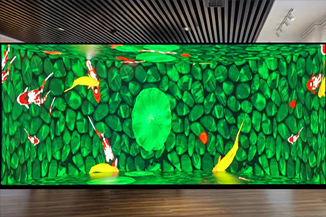
Third, LED display configuration steps
Determine the demand: First of all, you need to clarify the purpose and needs of the LED display, such as display size, resolution, color, etc. This will help determine the required hardware configuration and budget.
Select the right controller: Select the right controller according to the needs, such as computer direct connection, mobile APP control, etc. At the same time, the interface type and communication protocol of the controller should be considered.
Determine the scanning mode: Select static scanning or dynamic scanning based on requirements. For occasions requiring high definition and color reproduction, static scanning mode should be selected; Dynamic scanning can be used to reduce costs.
Select the right display unit: Select the right display unit size, model and quantity according to your needs. At the same time, the color reproduction degree and brightness of the display unit should be considered.
Determine the power supply and power wiring scheme: Select the appropriate power model and power capacity according to the power demand of the LED display, and plan the power wiring scheme to ensure the stability and safety of the power supply.
Installation and commissioning: Install the LED display in place and commission it according to the planned installation scheme. Ensure that each display unit is aligned, with uniform brightness and consistent color.
Maintenance and maintenance: Regular maintenance and maintenance of the LED display is the key to ensure its long-term stable operation. This includes cleaning the screen surface, checking power connections and controller health, and more.
In short, the configuration of the LED display needs to consider multiple factors such as requirements, hardware equipment, interface types and environmental factors. Only reasonable configuration and correct use of LED display can ensure its good display effect and long-term stable operation, bringing more convenience and value to our life and work.
The above is the summary of the related knowledge of the LED display configuration organized by the LCF editor. I hope it will help you, and welcome you to supplement or correct it. LCF is a national specialized "little giant" enterprise, set "hardware + software + content + interaction" as one of the LED display application and solution provider. If you need to buy LED outdoor display friends can also directly contact the United Chengfa LED display manufacturers Oh, big country brand, trustworthy!
